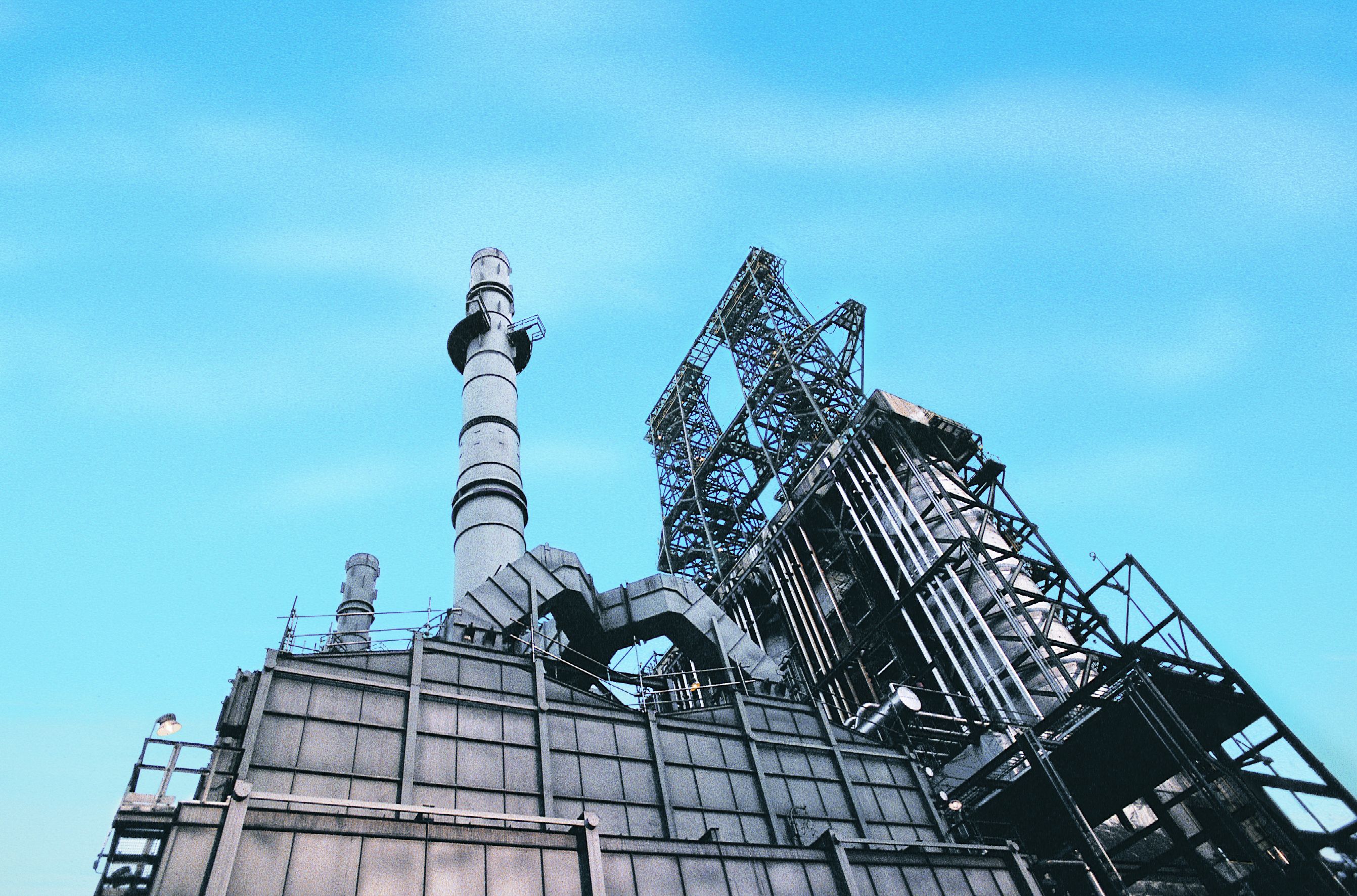Globally diversified oil producer Vermilion Energy (TSX:VET)(NYSE:VET) was one of the very few energy companies to retain its dividend at the height of the oil slump, when most were either cutting or eliminating their dividends altogether. While the driller has managed to perform well despite the prolonged slump, it delivered some disappointing third-quarter 2018 results. Vermilion’s stock was heavily marked down by the market, leaving 24% lower for the year to date, despite crude gaining roughly 13% for the same period.
Regardless of the latest results, Vermilion is well positioned to benefit from firmer crude, and this latest sell-off has created an opportunity for investors seeking to cash in on the increasingly positive outlook for oil.
Now what?
A standout characteristic of Vermilion’s operations has been its ability to expand production at a solid clip. That was no different for the third quarter 2018, where its oil output grew by 43% year over year to 96,222 barrels daily. A key driver was the $1.4 billion all-stock acquisition of Spartan Energy, which closed at the end of May 2018, adding around 23,000 barrels daily of oil production to Vermilion’s Canadian operations.
As a result of that solid production growth, funds flow from operations shot up by an impressive 99% compared to a year earlier, because of stronger oil and natural gas pricing.
Despite this significant expansion of funds flow, Vermilion reported a third-quarter net loss of just over $15 million, or $0.01 per share, primarily because of large losses incurred on its commodity and currency hedging contracts, which had an after-tax impact on Vermilion’s bottom line of around $70 million. It is this coupled with oil’s latest pullback which triggered the sell-off of Vermilion’s shares.
Like many of its peers, Vermilion didn’t anticipate the sustained rally in crude, which saw the North American benchmark West Texas Intermediate (WTI) reach a multi-year high in early October before pulling back. A significant volume of those oil and natural gas price hedges will unwind at the end of 2018, while the remaining oil price hedges roll off by the end of the first half of 2019. Once that occurs, Vermilion’s bottom line will receive a healthy bump if crude remains firm, which many analysts expect to occur.
Because of its global operations, Vermilion also has the advantage of being able to access international Brent pricing for a proportion of its production. This gives it a financial advantage over those upstream oil producers operating solely in North America, because Brent is trading at substantial premium to WTI of almost US$10 a barrel. There are signs that the premium will continue for the foreseeable future and could even widen further, giving Vermilion’s earnings an additional lift.
The profitability of Vermilion’s operations is underscored by its solid operating netback, which, for the third quarter, was $39.11 per barrel before applying the loss caused by commodity hedges. This represents a solid 59% increase year over year, which can be attributed to a combination of higher oil prices and lower transportation costs.
So what?
Vermilion’s credible financial performance and solid balance sheet since the oil slump began in late 2014 not only allowed it to sustain its dividend payment, but to hike its monthly dividend to $0.23 per share earlier this year when oil rallied. This gives the driller a tasty sustainable yield of almost 8%, making it an attractive investment for income-hungry investors. There is every indication that Vermilion will increase its dividend once again when oil firms further. All of these characteristic combined with a robust outlook for crude make Vermilion an attractive means of playing higher oil.








